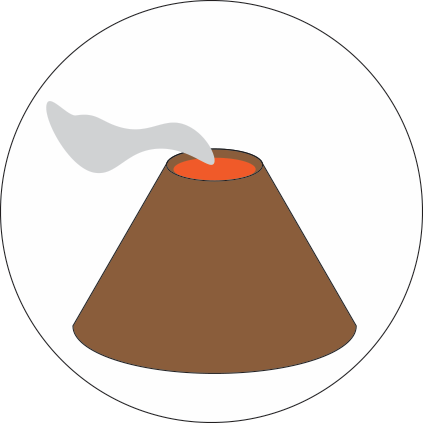

In this section, you will watch three examples of explosive volcanic eruptions and record your observations in the group field notebook. As you make your observations, recall some of the details that Pliny the Younger wrote down when he witnessed the 79 AD eruption. The video clips that you will watch are from real explosive eruptions of the Soufriere Hills volcano on the island of Montserrat in the West Indies in the late 1990's. Many of the eruptions of this volcano are similar to the events that took place at Vesuvius and thus serve as excellent examples to understand explosive volcanism in general. Video clips are provided courtesy of David Lea (Living Letters Productions).
The most explosive eruptions occur when magma has a high vscosity and a high gas content. As gas-rich magma rises through the crust, it forms bubbles that expand and drive explosions. Use the interactive graphics below to examine the processes taking place within a gas-rich magma chamber beneath an explosive stratovolcano. Mouse over the numbers to view a schematic cartoon and an explanation of what is happening within the volcanic system at each depth.

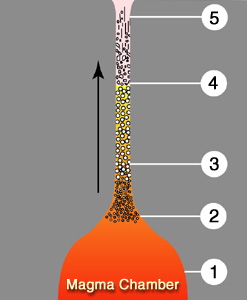

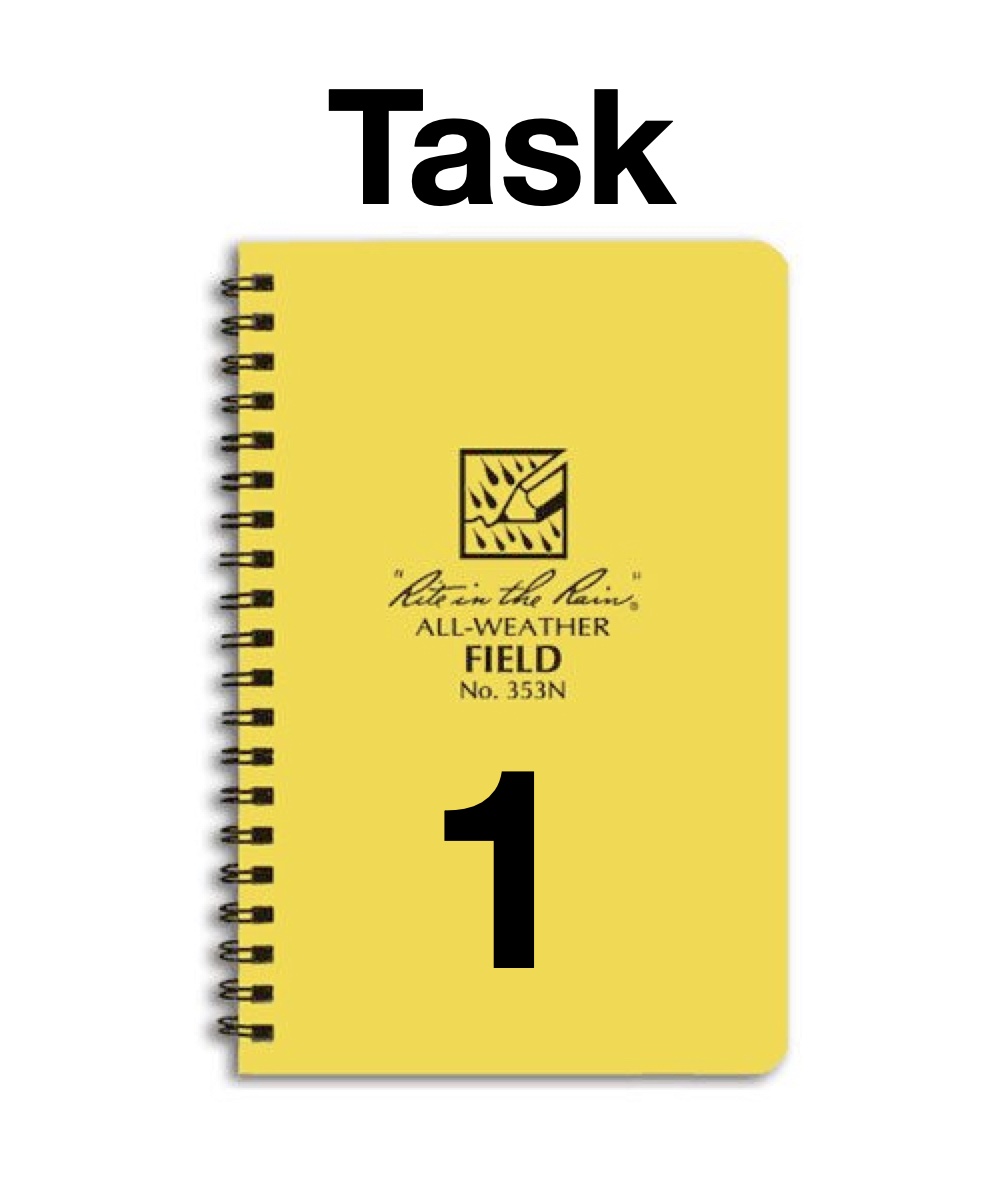
View the videos below of different styles of explosive eruption. For each eruption, do the following:
1. Watch the video clip.
2. Examine the effects of the eruption on the surrounding countryside. You can do this by placing the mouse over the red hotspots on the maps below. In your field notebook, briefly describe what you see and think about how the effects may have been produced.
3. Compare and contrast the style and effects of the three different eruptions in your field notebook under Task 1.
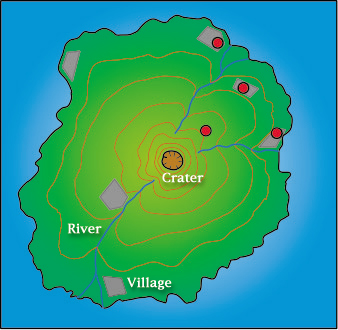
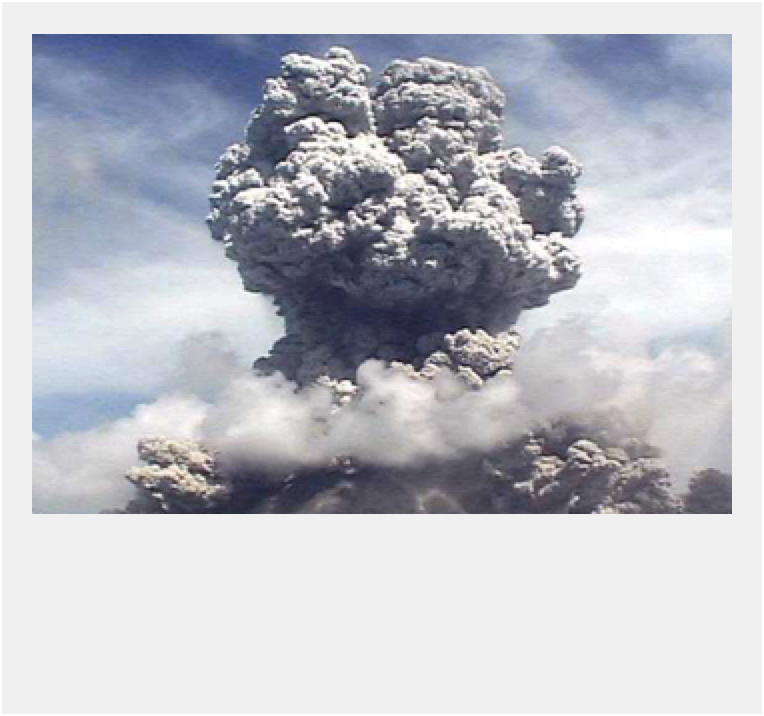
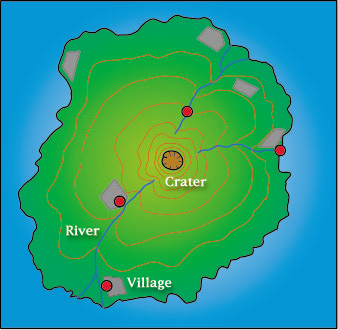
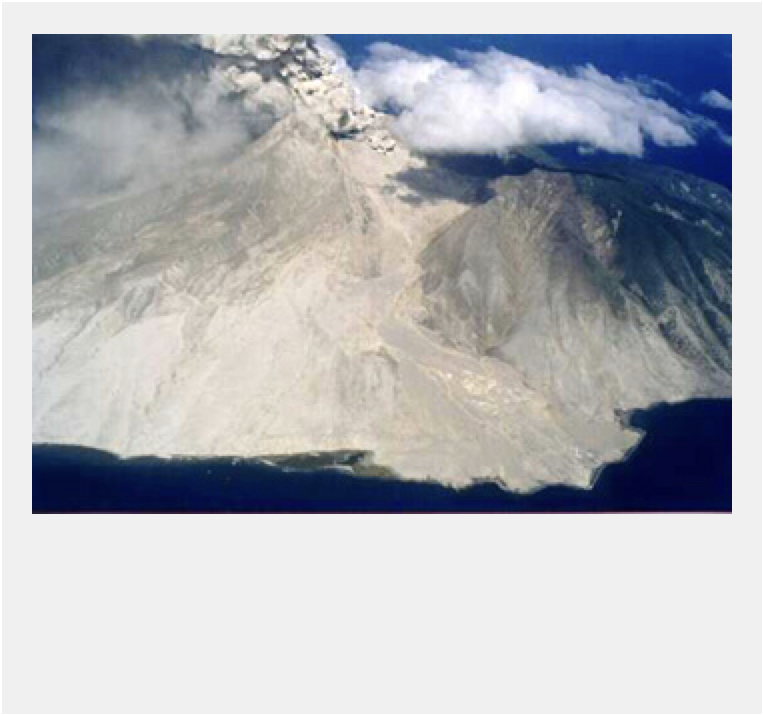
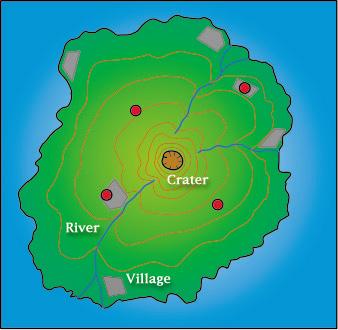
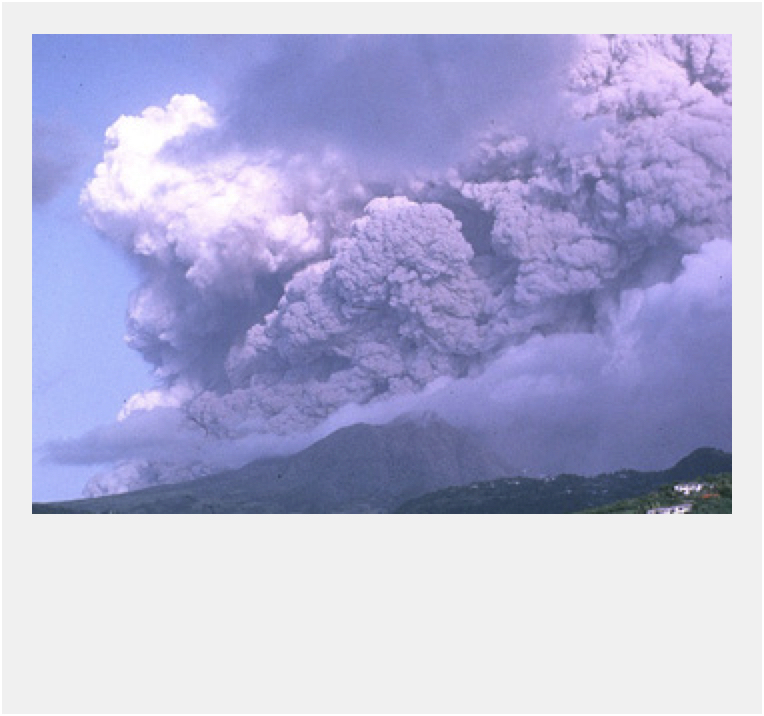
Before moving on to the next page, make sure that you watch all three eruption videos and complete your observations and comparisons of the eruptions and their effects in your field notebook!